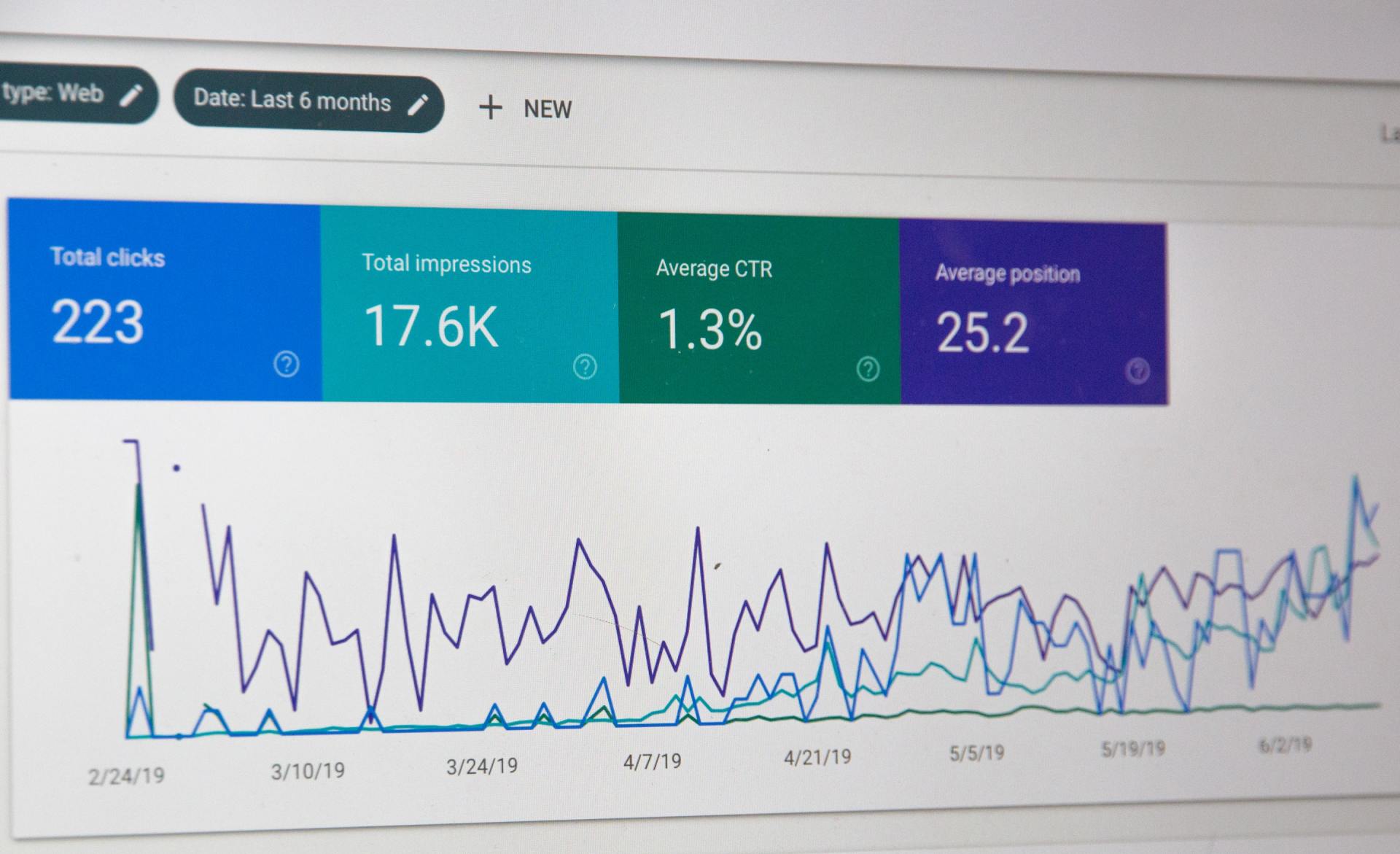State of the Media 2025: Trends, Challenges, and PR Strategies
Mastering Media Relations in 2025: Cision's State of the Media Report
The 2025 State of the Media Report by Cision provides insights into the evolving landscape of journalism, highlighting key challenges, trends, and expectations from PR professionals. Based on a survey of 3,016 journalists across 19 global markets, the report covers how journalists interact with PR, use social media, and navigate industry changes like AI and audience behavior shifts.
Data Driven Journalism & Performance Metrics
- 79% of journalists measure success by readership/viewership numbers.
- 47% consider engagement metrics (social interactions, newsletter sign-ups, etc.).
- 25% rely on data insights more than last year to shape editorial strategies.
Challenges Facing Journalists
- 42% cite maintaining credibility as a top challenge (e.g., combating "fake news").
- 41% struggle with adapting to changing audience behaviors around media consumption.
- 26% identify AI as a major challenge, with concerns over misinformation and ethical use.
- 60% of journalists feel the strain of media downsizing and reduced resources.
AI's Role in Journalism
- 53% of journalists do not use AI in their work.
Among those who do:
- 23% use AI for brainstorming story ideas.
- 19% for outlines/early drafts.
- 11% for topic research.
Social Media & Content Trends
- 97% of journalists use social media for work, primarily for:
- 71% - publishing/promoting content.
- 67% - sourcing information.
- 54% - picking up trending topics.
Top growing platforms for journalists:
- Instagram (44%)
- LinkedIn (39%)
- TikTok (21%)
What Journalists Want from PR Professionals
- 74% want press releases.
- 61% value original research reports (trends, market data).
- 55% prioritize exclusive stories.
- 68% say PR should understand their audience’s interests.
- 46% appreciate multimedia elements in pitches (images, videos, infographics).
Pitching Journalists: Do’s & Don’ts
- 50% receive over 50 pitches per week, but only 7% consider most pitches relevant.
- 87% prefer email pitches, while only 2% want phone calls.
Top reasons PR pros get ignored or blocked:
- 77% - Sending irrelevant pitches.
- 55% - Providing inaccurate or unsourced information.
- 41% - Pitches that sound like marketing brochures.
Differences Between Freelancers & Staff Journalists
- 22% of respondents are freelancers.
- Freelancers value: story exclusives (69%), events access, and product testing.
- Staffers prioritize: audience engagement, data-driven insights, and company credibility.
Key Takeaways for PR & Media Professionals
Relevance is king: Journalists overwhelmingly value pitches that align with their audience and niche.
AI is a double-edged sword: While some journalists embrace AI for research and brainstorming, many see it as a threat.
Multimedia is essential: The inclusion of high-quality images, videos, and infographics can improve the chances of coverage.
Social media is a dominant force: Journalists are increasingly engaging with Instagram, LinkedIn, and TikTok for content distribution and audience interaction.
PR professionals must be strategic: Understanding journalists' needs, avoiding spammy pitches, and providing exclusive, data-backed content is crucial.
This report underscores the shifting dynamics in media, emphasizing data-driven storytelling, AI integration, and the evolving relationship between PR and journalism.







